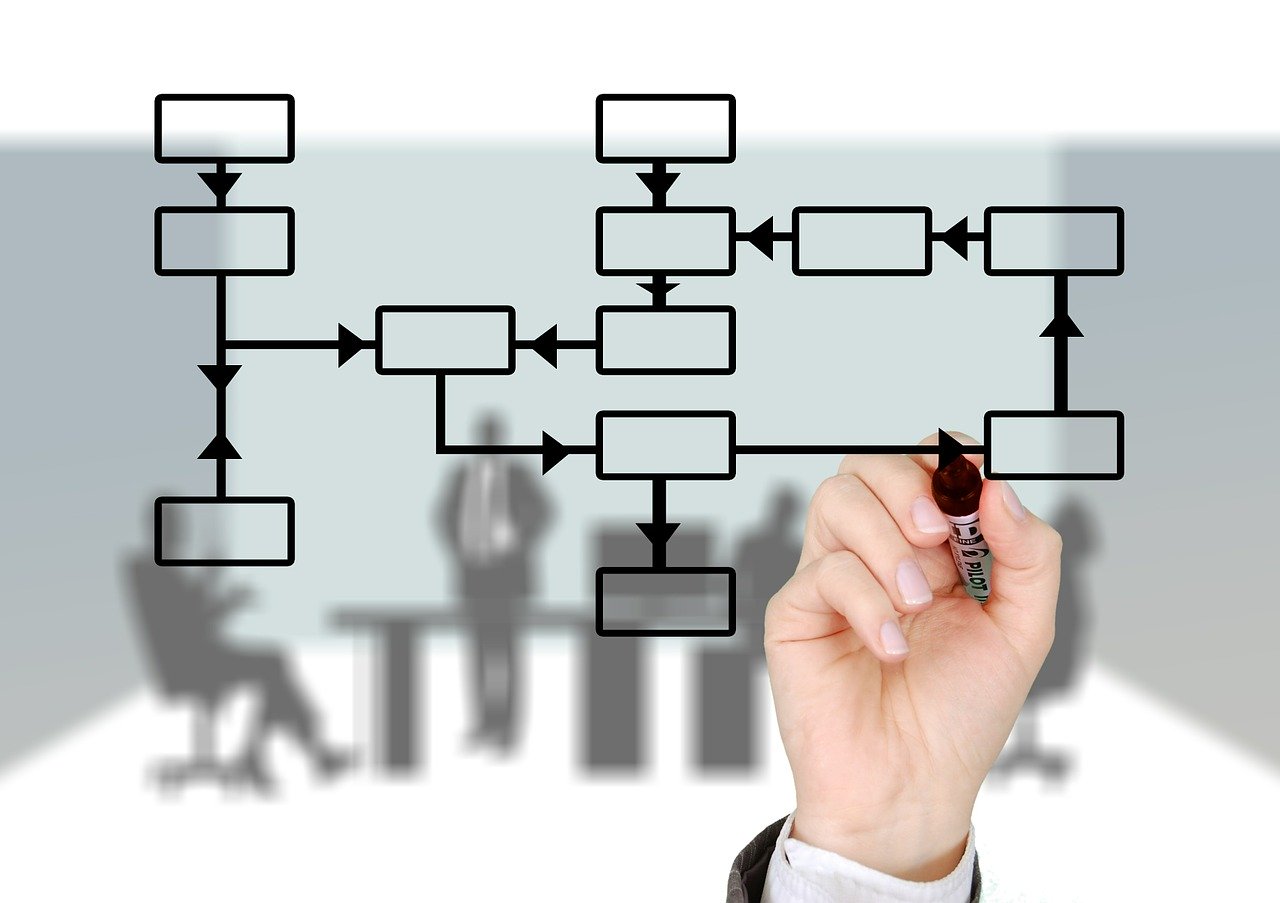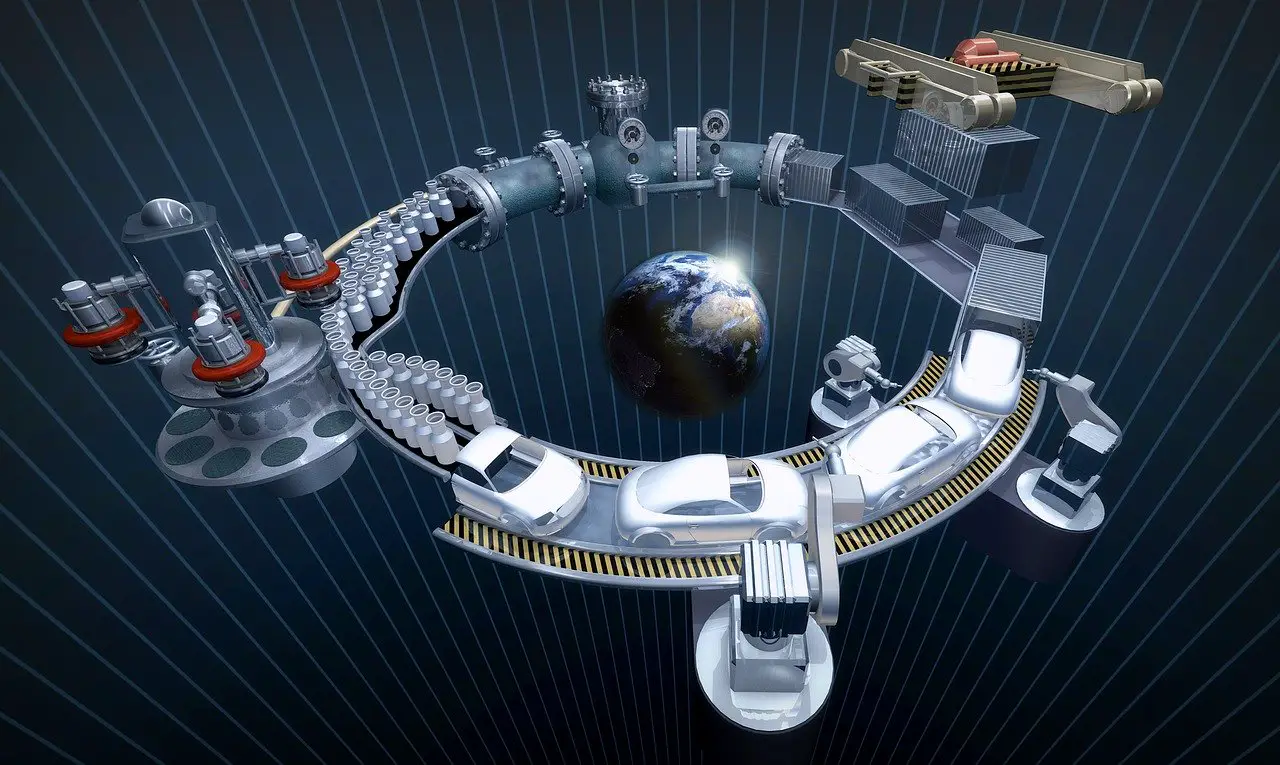The journey of successful products usually begins with well-structured product development teams. Having the right individuals with well-defined roles in such a team is critical for success.
What are the typical roles in an effectual product development team? A good understanding of this will be helpful in avoiding conflicts capable of jeopardizing success. This article attempts to make clear the different roles and what part they play in the big picture.
Functions of a Product Development Team
The importance of a product development team in a company cannot be overemphasized. It provides strategic product leadership, without which it is all but impossible to deliver offerings with the right market fit.
The work of this team can cover many things, ranging from strategy implementation and feature definition of marketing. Product teams usually see to market research for figuring out consumer needs and responding to competition strategically.
A product team brings together different teams within an organization. In most cases, it includes leaders of other teams, such as engineering, marketing, sales, and support.
While carrying out their duties, team members will need to exhibit a high degree of empathy. They have several, different people whose interests or opinions they would need to take into consideration. These parties include executives, investors, and customers.
Successful product teams have an excellent understanding of the end-users that enables them to provide efficient leadership. Good user knowledge enables a team to know what users need and serves as a guide for strategic decisions.
Structuring Your Product Development Team
 Companies adopt different approaches when building a product development team. What worked for one organization might not really work for another.
Companies adopt different approaches when building a product development team. What worked for one organization might not really work for another.
One of these approaches for structuring product teams involves assigning a single product to a product manager. However, this may not work for many companies today.
The product development process has evolved greatly over the past 50-60 years. Some decades ago, the mainstream method in use was the Waterfall. But methodologies based on Agile are more popular today, especially in software companies.
In Agile settings, product development teams are usually cross-functional. This means, rather than having different product managers, a PM works with members from diverse teams within a company. With this approach, it can become easier to make the different teams work with a shared vision.
Apart from a product manager, other roles you can have in a product development team include:
- Product owner
- Program manager
- Project manager
- UX designer
- QA tester
- Data scientist
We examine possible roles in a development team more closely in the following sections. All of these will not apply to all organizations.
1. Product Manager
The product manager (PM) is the CEO of products, as is often said. What the person occupying this position does varies from an organization to another, often based on the organization size. However, PMs play a key role in product discovery.
Market research and the definition of a product vision are part of the responsibilities that come with this function. After identifying the pain points of users, the project manager goes ahead to also examine how products for easing those fit in with a company’s objectives.
A PM develops the product roadmap and tries to get support for products from stakeholders. This role is critical for promoting a shared vision while building a product and for ensuring a good market fit.
2. Product Owner
In a product development team, the product owner may be described as the voice of the customer. This individual spends a considerable amount of time with customers to better know what features they’d love to have in a company’s product.
The product owner provides the team with deep knowledge of the market, competition, and available opportunities. A major objective for this role is ensuring the company gets right whatever features it is pushing out there.
Usually, a product management team member, the product owner sorts out the definition of requirements. These serve as a guide for all a solution needs to incorporate to be satisfactory.
The requirements are usually presented as User Stories with Acceptance Criteria defining what an ideal solution must-have. Identified features are put on the backlog according to the order of importance.
Put more simply, the product owner identifies and presents a problem to the product development team. The latter then tries to figure out how to develop a solution while also ensuring that things run smoothly.
3. Project Manager
When it comes to ensuring that projects run according to plan, this is a vital role in a development team. A project manager, as the name suggests, is one who manages projects to ensure they go to plan. The particular organization determines the extent of influence of the person working in this capacity.
Projects are tasks with specific objectives that come to an end once those goals have been achieved. They typically have definite end dates by which the specified deliverables are to be delivered.
The project manager is the captain of the development team. They have a duty of defining the most important tasks in a project and ensures the team does not waste time on tasks that are not relevant to a project. In addition to coordination, responsibilities include allocating resources, reporting, and managing stakeholders’ expectations.
The principal tool of a project manager is the Gantt Chart. Named after its inventor Henry Gantt, this chart visually presents everything involved in a project. It shows all the tasks to be carried out along with their order of execution. The tool displays who’s working on what task and how long such is to take to complete.
4. Program Manager
 In some organizations, a program manager is also part of the product development team. The person working in this role communicates the strategy and objectives of a program, which comprises several interrelated projects. His focus is on cross-functional initiatives.
In some organizations, a program manager is also part of the product development team. The person working in this role communicates the strategy and objectives of a program, which comprises several interrelated projects. His focus is on cross-functional initiatives.
Unlike the project manager, this role does not work to drive a single deliverable. Their basic duty is to ensure that projects complement one another to promote the achievement of overall business objectives. He promotes cross-team alignment and coordinates diverse strategic initiatives, including projects and products, of an organization.
Program managers also work with roadmaps, just like product managers. Specifically, they use the initiative roadmap to show high-level goals and milestones that a company has an interest in.
In a Scrum team, the program manager functions as the ScrumMaster, who serves as the leader and ensures that things are being done efficiently.
Other Roles in a Product Development Team
In addition to the foregoing, the following are some of the other roles that can be seen in a development team.
1. Engineering team
A team of engineers and developers should ideally be part of this cross-functional team. It leaves a lot to be desired for the requirements of a product to be agreed without the input of those who will build it.
Members of this technical team are in a better position to determine what is possible and what is not. Their inclusion also makes it possible to set realistic timelines, if working with such.
In some companies, engineering is made superior to the product team. This often stands in the way of delivering successful products. It is more helpful to bring the two together to share their views and reach an agreement on what is desirable and feasible.
2. UX designer
User experience is a critical aspect of any solution. Special attention should be given to positively manipulating the emotions, attitudes, or behaviors of users.
This is where a UX designer comes into the picture. This team member helps to control the user experience by promoting usefulness, usability, desirability, and accessibility.
3. Data scientist
Today, we live in a highly data-driven world. Your product development team can benefit from including a data scientist, especially when building a product using lots of data.
This professional analyzes data and synthesizes bits of information for informed decision-making. What a data scientist does specifically depends on stages in the lifecycle of a product.
4. QA tester
In some instances, product development teams include quality assurance (QA) testers, also called quality assurance technicians.
These professionals help to review and analyze products for errors and defects that could impact adversely on the user experience. This role is, however, considered optional in many cases, with developers performing the functions.
Autonomous Product Development Team
 In some companies, the development team enjoys considerable independence from the executives. The team also referred to as a squad, has the most say in what to produce. It is argued that this model can make development run more efficiently.
In some companies, the development team enjoys considerable independence from the executives. The team also referred to as a squad, has the most say in what to produce. It is argued that this model can make development run more efficiently.
The product squad promotes better development through improved skills. It enables team members to gain expertise that can be applied to other products in a company’s portfolio. Spotify is credited for the popularity of this model.
Autonomous teams have a minimal bureaucracy to deal with. The team has the freedom to develop a product, test it for quality, and release it to the market without seeking executive approval.
Amazon is another company in which the development team enjoys some autonomy. However, the “two-pizza” model of the business requires a team to seek approval before executing an idea in some cases.
Let’s conclude this by stating that your product development team should ideally not be too big. Choose only some aptly-skilled professionals whose inclusion improves efficiency rather than harm it.

I am Adeyemi Adetilewa, an SEO Specialist helping online businesses grow through content creation and proven SEO strategies. Proficient in WordPress CMS, Technical Site Audits, Search Engine Optimization, Keyword Research, and Technical Writing (Portfolio).
I help brands share unique and impactful stories through the use of public relations, advertising, and online marketing. My work has been featured in the Huffington Post, Thrive Global, Addicted2Success, Hackernoon, The Good Men Project, and other publications.
